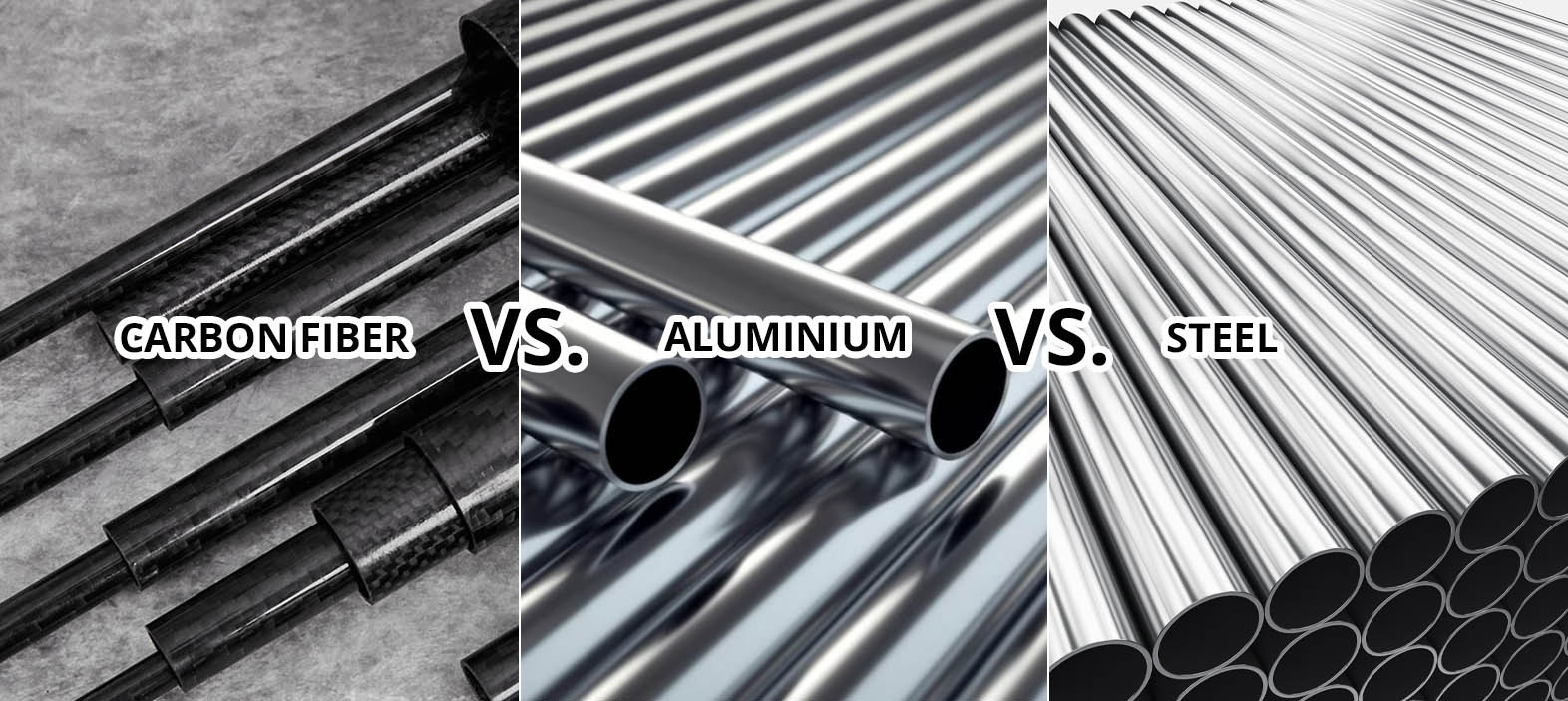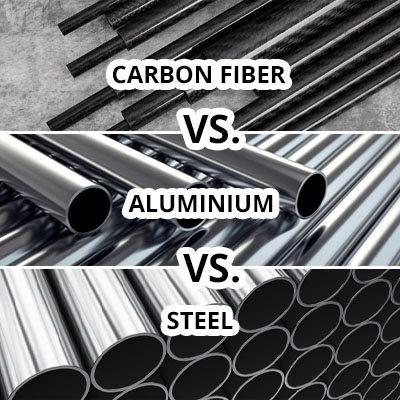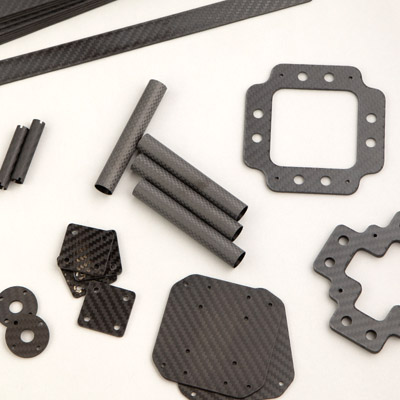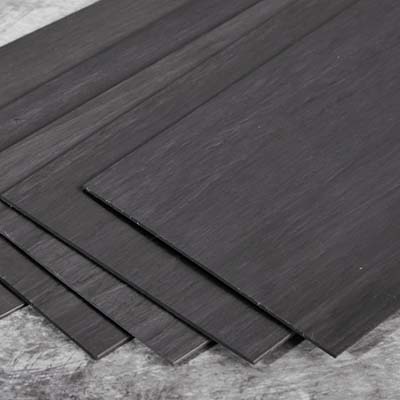
Carbon Fiber vs. Aluminium vs. Steel: Which Chassis Material is Best?
👁 Reads: 68
Carbon fiber, aluminium, or steel? This is a question for anyone exploring materials that boast a high strength-to-weight ratio. When it comes to chassis manufacturing, the material used plays a significant role in determining the performance, safety, and cost-effectiveness of a vehicle. The three most commonly used materials for chassis construction are carbon fiber, aluminium, and steel. Each material has its own unique set of advantages and disadvantages in terms of weight, durability, and cost. In this comparison, we will break down each material to help understand which might be the best choice for a particular application.
1. Weight
Weight is one of the most critical factors in chassis design, as it directly affects the overall performance, fuel efficiency, and handling of a vehicle.
- Carbon Fiber: Carbon fiber is the lightest material of the three. It is known for its high strength-to-weight ratio, which means it is significantly stronger than aluminium and steel while being much lighter. This makes it ideal for high-performance sports cars, racing vehicles, and even aerospace applications. A carbon fiber chassis can result in a dramatic reduction in vehicle weight, contributing to improved speed, acceleration, and overall handling.
- Aluminium: Aluminium is also relatively lightweight compared to steel, though not as light as carbon fiber. It offers a good balance between weight and strength, making it a popular choice in the automotive industry for mid-range performance vehicles. Aluminium is widely used for its efficiency in reducing weight while maintaining adequate structural integrity.
- Steel: Steel is the heaviest material of the three. However, modern high-strength steel alloys (such as advanced high-strength steel or AHSS) are designed to provide a reasonable strength-to-weight ratio. Despite its weight disadvantage, steel still remains a popular choice in vehicle manufacturing due to its overall strength and cost-effectiveness.
2. Durability and Strength
Durability is an essential factor in chassis construction, as it directly influences the safety and longevity of the vehicle.
- Carbon Fiber: Carbon fiber has an excellent strength-to-weight ratio, offering superior strength and stiffness. It can absorb more energy in a crash, which enhances safety, but it also has a downside: carbon fiber is brittle and can crack or break upon impact. In situations where there is a high likelihood of significant impact or collision, carbon fiber may not be the most durable option, as it doesn't perform well under certain types of stress (e.g., bending, impact).
- Aluminium: Aluminium has good strength and is more flexible than carbon fiber, which allows it to withstand bending without fracturing. It’s also highly resistant to corrosion, which increases its durability, particularly in harsh environments. However, aluminium does not have the same high strength as steel, and over time, it may experience fatigue or deformation, especially if subjected to repeated stress.
- Steel: Steel is highly durable, with superior tensile strength and impact resistance compared to both carbon fiber and aluminium. Steel is much more flexible and ductile, meaning it can bend or deform without breaking, making it ideal for crash safety. Its durability and ability to resist wear over time have made it the traditional material of choice for most vehicle chassis.
3. Cost
Cost is always a key factor in any manufacturing process, and chassis construction is no exception. While material costs can vary depending on the specific grade and quality, there are general trends for each material.
- Carbon Fiber: Carbon fiber is the most expensive material of the three. The manufacturing process for carbon fiber is complex and time-consuming, requiring specialized equipment and expertise. The raw material cost is also significantly higher than aluminium or steel. As a result, carbon fiber is typically reserved for high-performance applications where weight reduction is paramount, such as in Formula 1, supercars, and luxury vehicles.
- Aluminium: Aluminium is generally less expensive than carbon fiber but more expensive than steel. The cost of aluminium can be higher than steel, but its relative ease of fabrication and ability to offer a balance of weight, strength, and corrosion resistance often justifies the price for mid-range vehicles. Aluminium is frequently used in mass-produced vehicles to optimize performance without driving up costs too much.
- Steel: Steel is the least expensive material in terms of both raw material cost and production processes. Steel chassis are the most cost-effective solution for manufacturers who need to produce vehicles on a large scale, especially in the mass-market automotive industry. While steel is heavier, its affordability has kept it as the standard choice for many vehicle manufacturers worldwide.
Conclusion
- Carbon Fiber is the best choice when weight reduction and high performance are top priorities, but it comes at a premium price and reduced impact resistance.
- Aluminium offers a good balance between weight, strength, durability, and cost, making it ideal for mid-range performance vehicles.
- Steel remains the most cost-effective material, with superior durability and strength, making it the go-to choice for mass-produced vehicles and heavy-duty applications.
Ultimately, the best material for a chassis depends on the specific needs of the vehicle being produced. For high-performance vehicles or racing, carbon fiber may be the preferred option, while for general consumer vehicles, aluminium or steel may provide the optimal combination of cost-effectiveness, durability, and performance.





